
Rebels from the Rwandan-backed M23 group have taken a second major city in the eastern region of the Democratic Republic of the Congo, which borders Rwanda. Congolese analyst Kambale Musavuli reports on the violence, emphasizing its connection to the DRC’s mineral resources, which are key to the development of high-tech goods. “This battle is coming out of a context: the control of Congo’s vast mineral wealth,” says Musavuli.
Transcript
AMY GOODMAN: This is Democracy Now!, democracynow.org. I’m Amy Goodman.
We turn now to the Democratic Republic of Congo, where M23 fighters have entered Bukavu, the second-largest city in eastern Congo. M23’s latest advance in the region marks the group’s most significant expansion of territory since the fighting began in 2022. The Congolese government reported Rwandan troops were also on the ground. This comes as the African Union gathers in Ethiopia, where leaders urge for a ceasefire in the DRC to avoid a regional escalation.
For more, we’re joined by Kambale Musavuli. He is a native of the Democratic Republic of Congo, now based in Accra, Ghana, leading political and cultural Congolese voice, policy analyst with the Center for Research on the Congo-Kinshasa. His latest piece for Peoples Dispatch is titled “The battle for control of Goma continues.”
Welcome to Democracy Now! It’s great to have you with us, Kambale. If you could just talk about the significance of this moment, what’s at stake in the DRC?
KAMBALE MUSAVULI: What is happening right now is that the M23 have taken over the city of Bukavu. Before that, they were taking over a few cities where the minerals are. And it’s causing quite a lot of tension in the city. People that we know, most of them are not in harm’s way, but they are worried about what will happen to them, like, for example, people at Panzi Hospital with Dr. Mukwege, who’s been very vocal about the situation in the Congo, and the doctors in the hospital.
But for us, the current situation is not the first time this has happened. Since 1996, for the past 30 years, we’ve seen, over a period of time, uprising of the same rebel group with different names. But what stopped them — right? — the M23 in 2012, was international pressure. We’re not seeing the same type of international pressure now, even though we have information that in the city of Goma, for example, where the battle took place, over 3,000 Congolese were killed in the city. There are over 3,000 bodies there. And now with the taking over of Bukavu, not knowing if they’re going to move into other cities, the international pressure is not the same as in 2012.
AMY GOODMAN: And can you talk about, I mean, for the world right now — and we’re going to be going into this Oscar-nominated film, Soundtrack [to] a Coup d’Etat. Kambale, you have seen this film. It goes back to 1961. It goes back to the assassination of Lumumba. It goes to the resources in a country that are needed. What does — Democratic Republic of Congo provides something like, what, 40 — more than 40% of the world’s coltan, Western countries desperate to control it.
KAMBALE MUSAVULI: Congo is really at the heart of the Fourth Industrial Revolution. You know, I’ve often said that you cannot talk about AI without Congo’s cobalt, Congo’s coltan, Congo’s lithium. It actually also has one of the largest lithium reserves in the world. So, when we talk about the militia group, we are also missing the point that this battle coming out of a context, right? The control of Congo’s vast mineral wealth.
Soundtrack to a Coup d’Etat is a great film. It shows us that what happened in 1960 is still happening now, right? The battle in 1960 was the control of Congo’s uranium and Congo’s cobalt during the so-called Cold War. And in that film, what I appreciate that the filmmaker did was to show us the different protagonists and also lift up the names of Africans who were on the side of the Congolese at that time, the African American community, Max Roach, Maya Angelou, Amiri Baraka, to the Africans on the continent, such as Andrée Blouin.
But one element in that film that I’m lifting up for current context today is the story of Louis Armstrong in the DRC, right? Louis Armstrong was in the Congo when Patrice Lumumba was arrested by antagonist forces supported by Belgium, the CIA and so forth. In the film, you are able to see how the CIA worked with the State Department to travel with Louis Armstrong in the DRC to be able to monitor what was happening in Katanga when Patrice Lumumba was arrested —
AMY GOODMAN: And, Kambale —
KAMBALE MUSAVULI: — and to understand also the role of artists. Right?
AMY GOODMAN: You have —
KAMBALE MUSAVULI: Right now —
AMY GOODMAN: You have introduced the film perfectly, because we’re going to go to the director right now. But we want to come back to you in the coming days to talk more specifically about what’s happening in the DRC. But an amazing introduction to this Oscar-nominated film. Kambale Musavuli, native of the Democratic Republic of Congo, we’re speaking to him in Accra, Ghana.
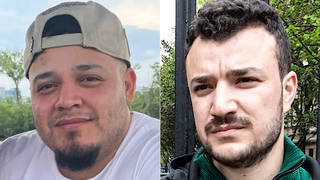
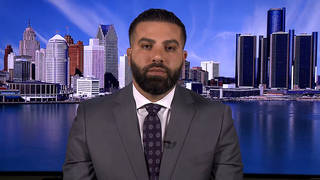
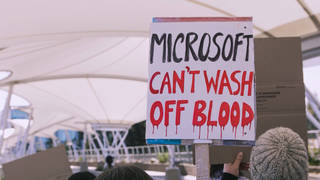
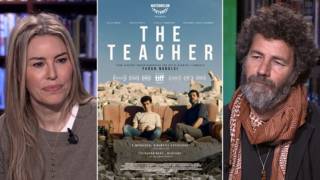
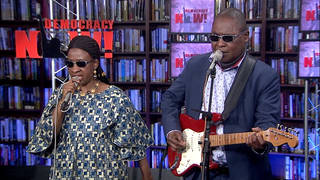

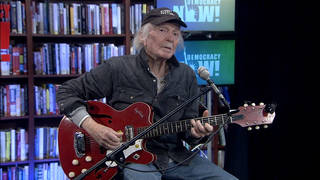
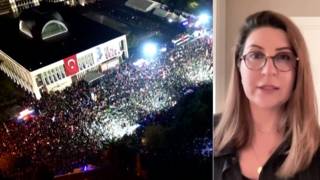
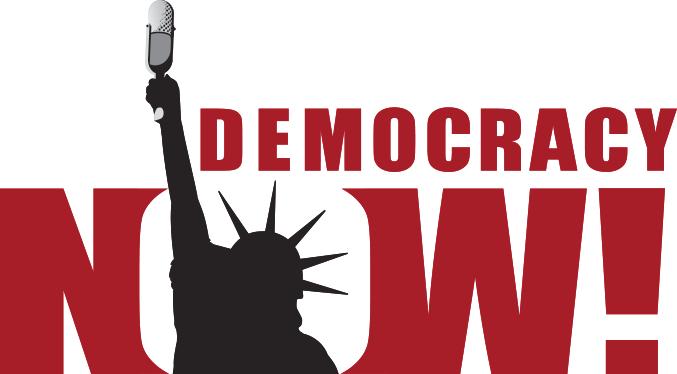
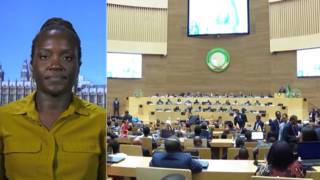
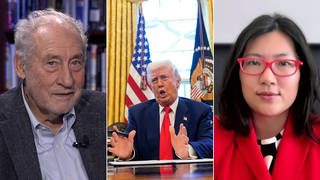
Media Options